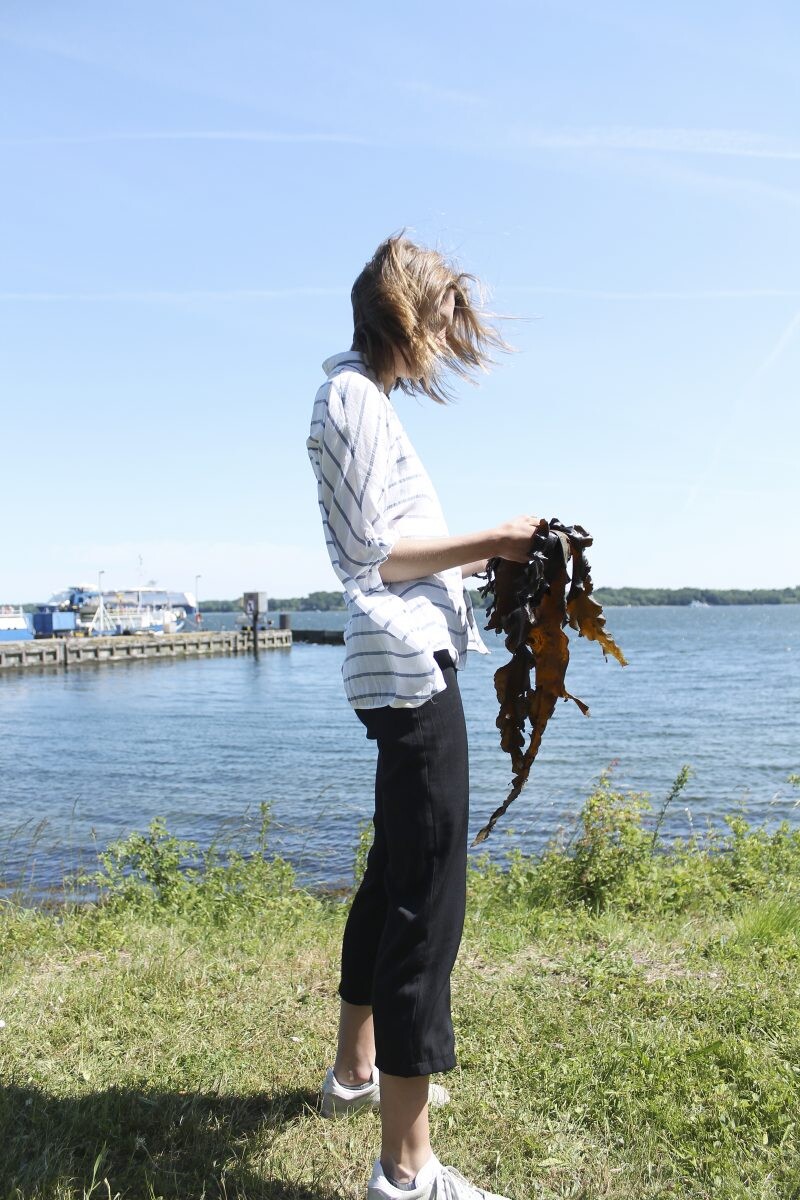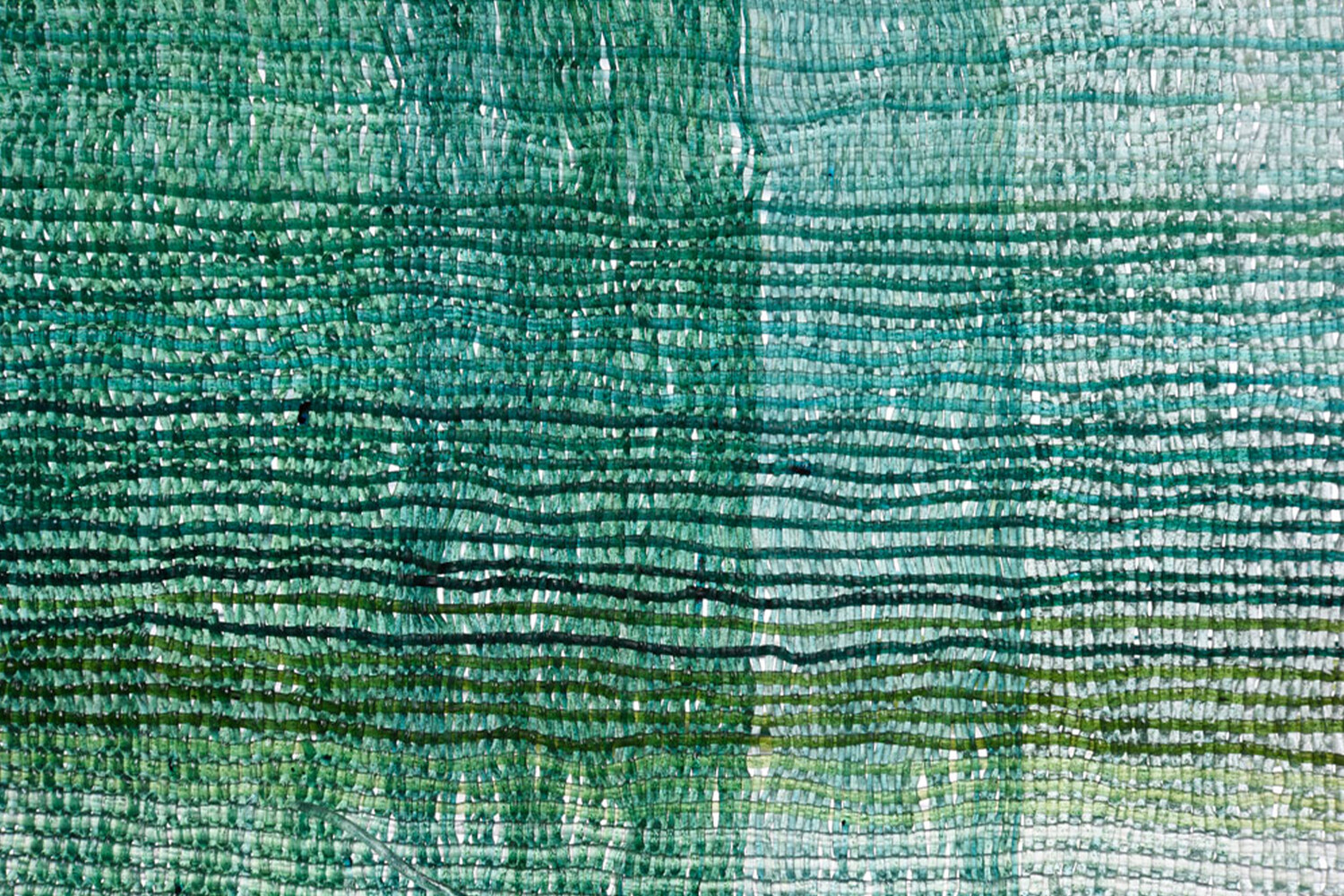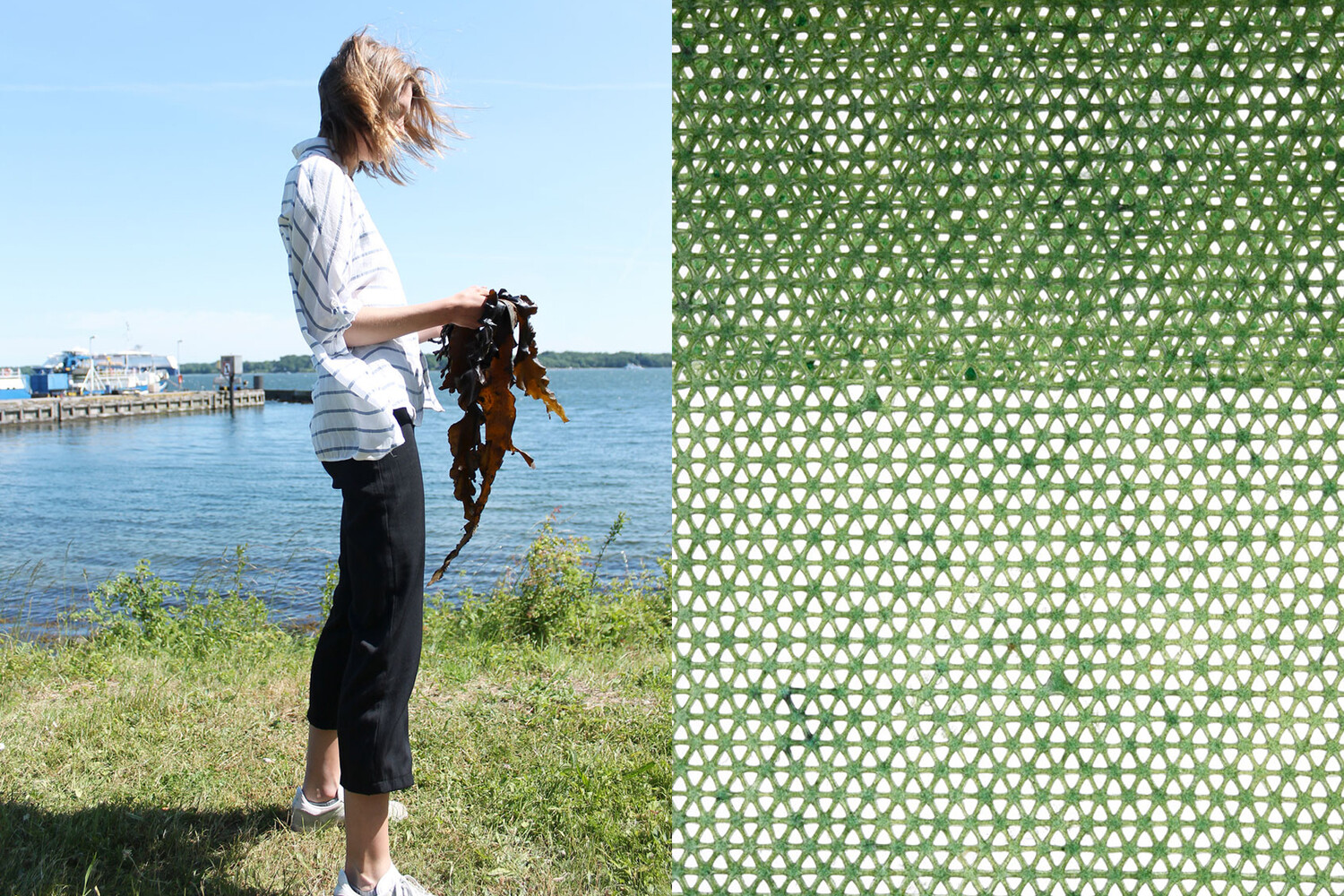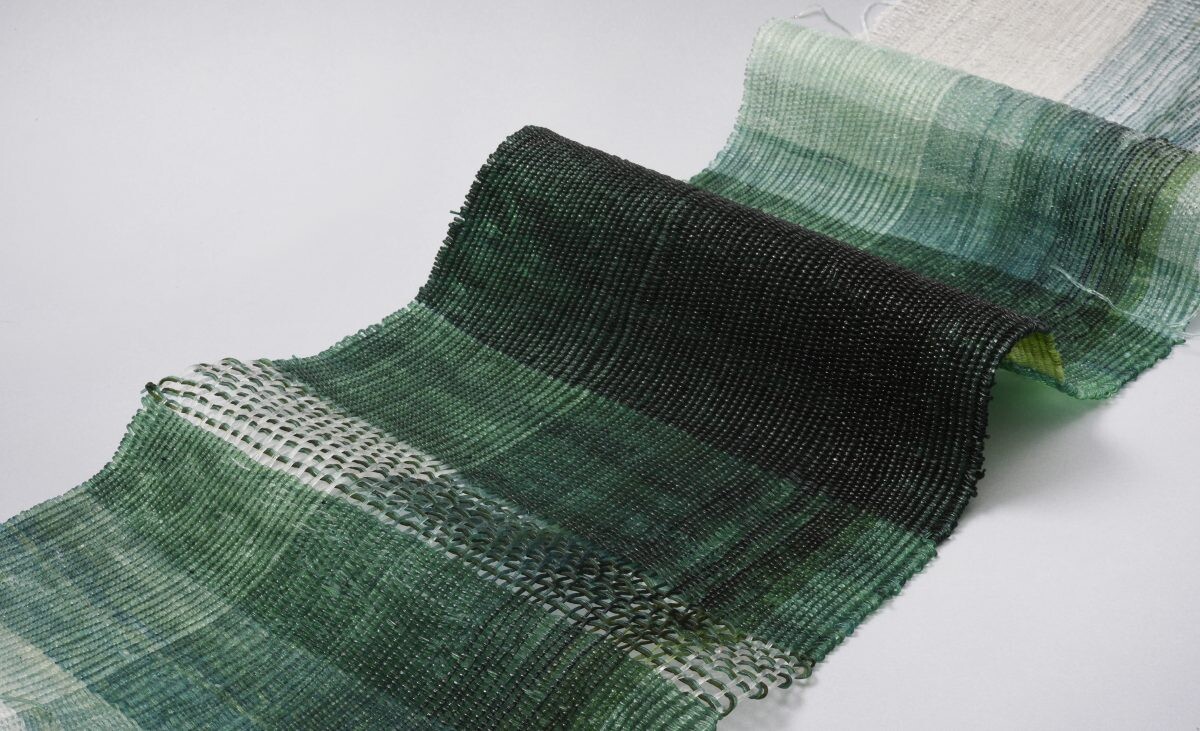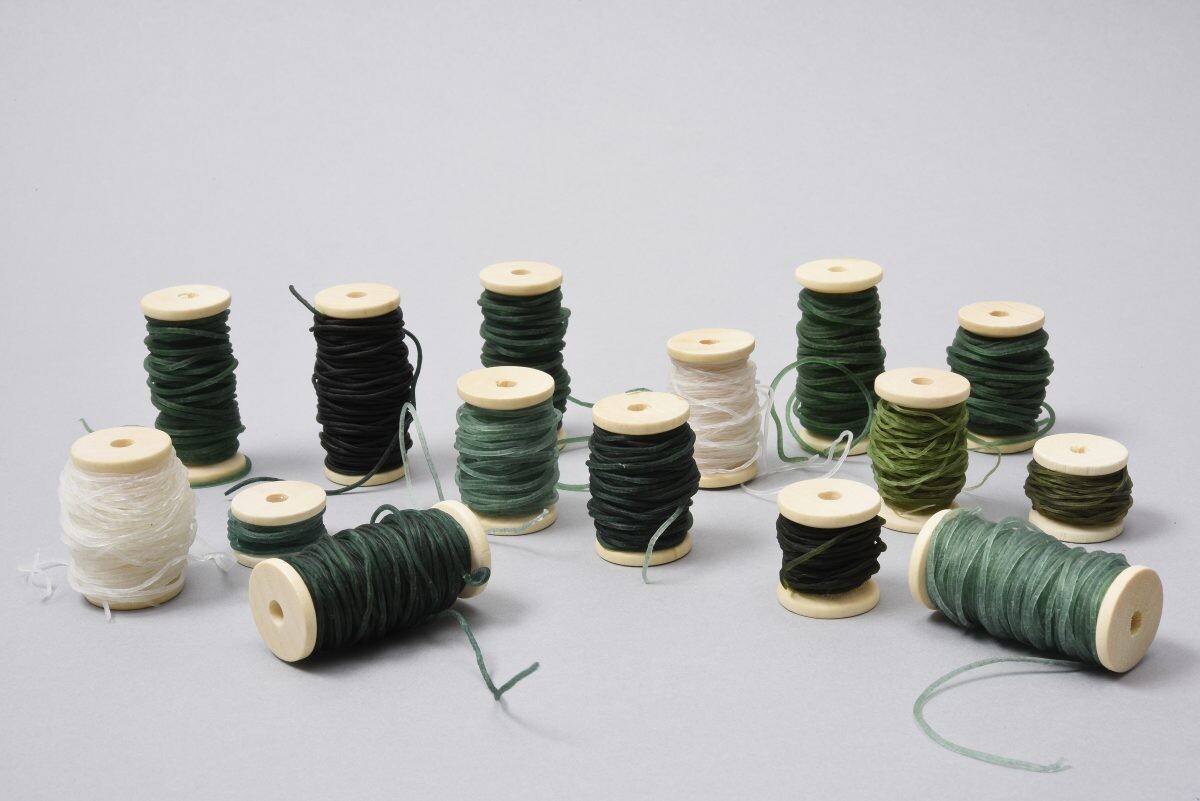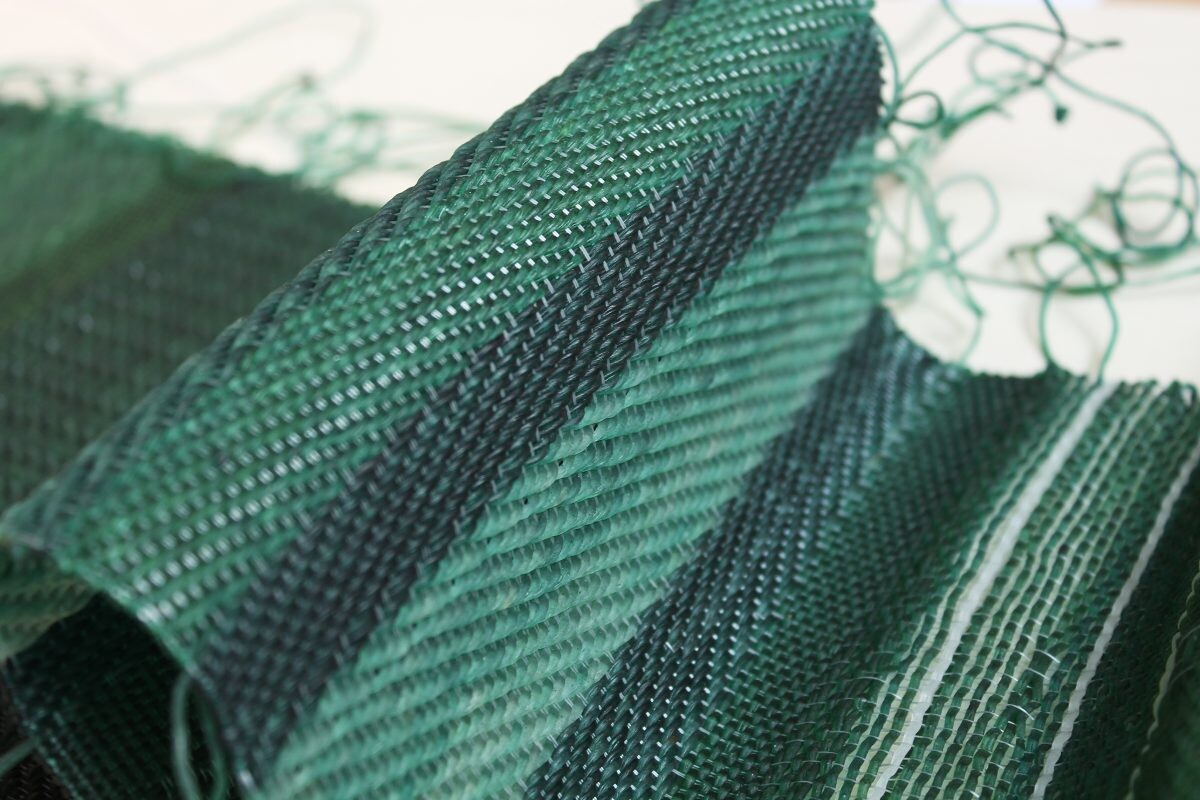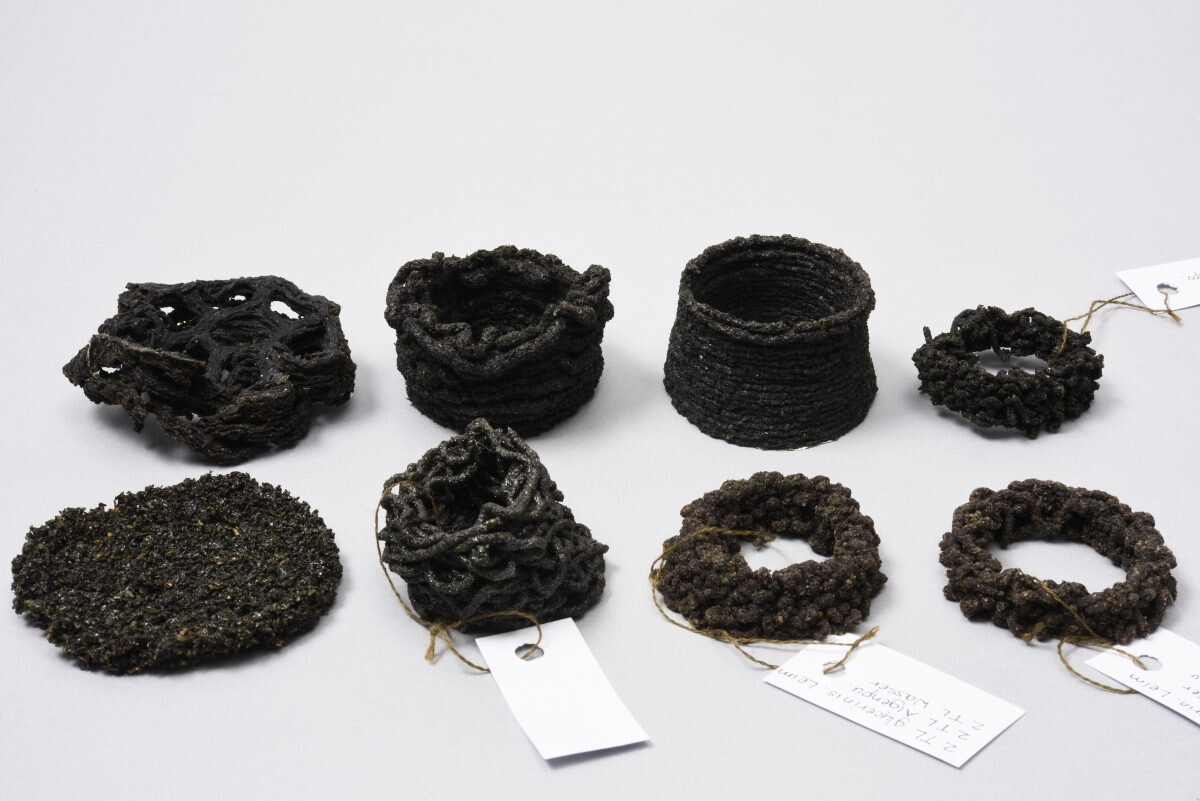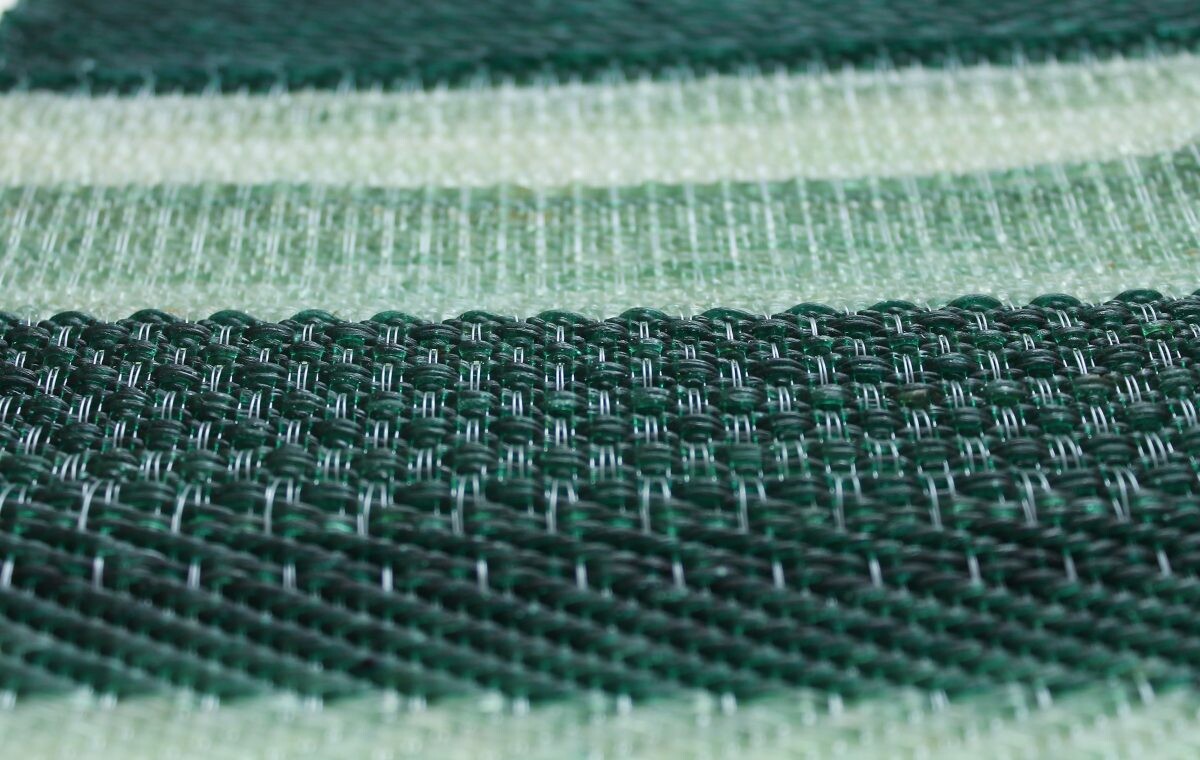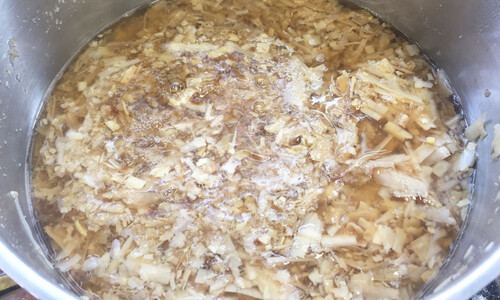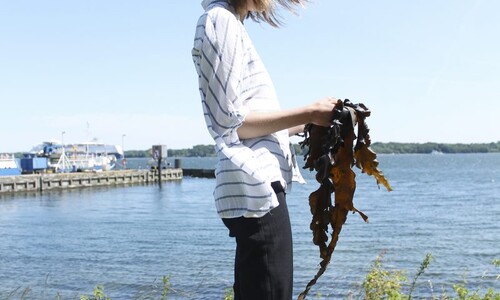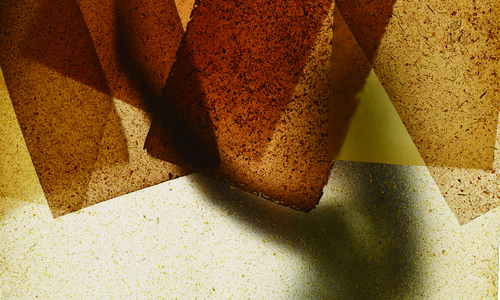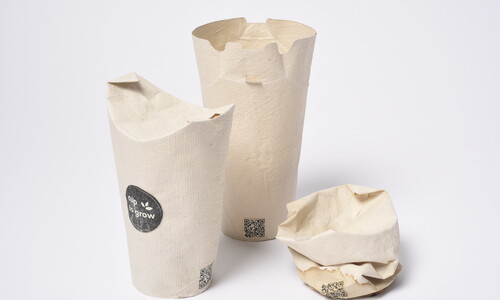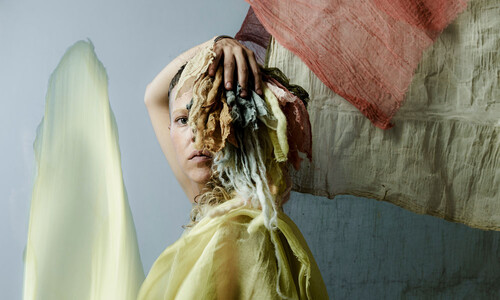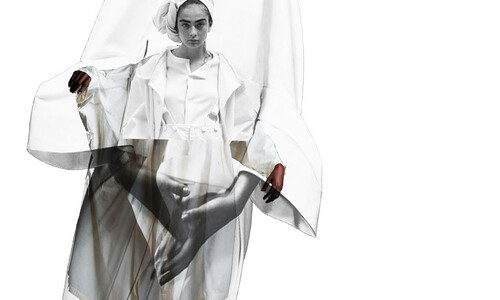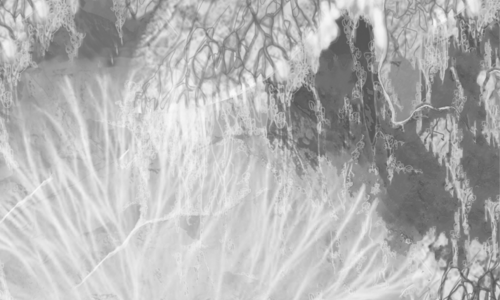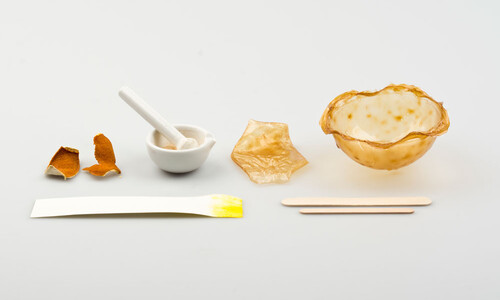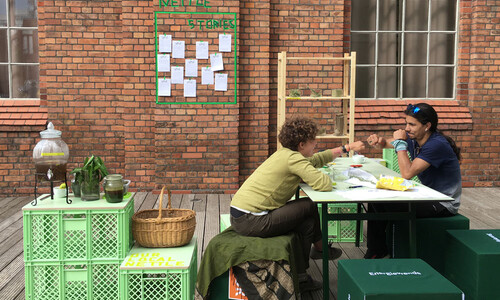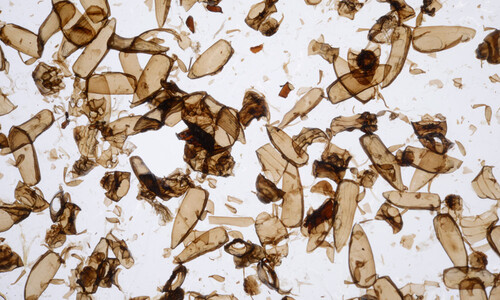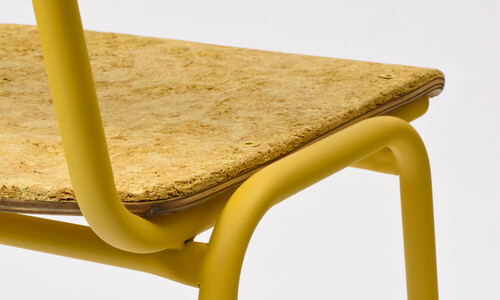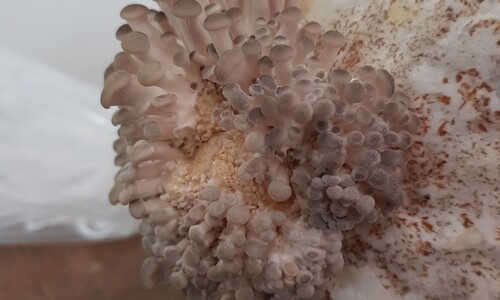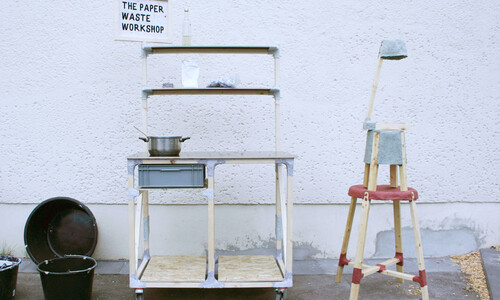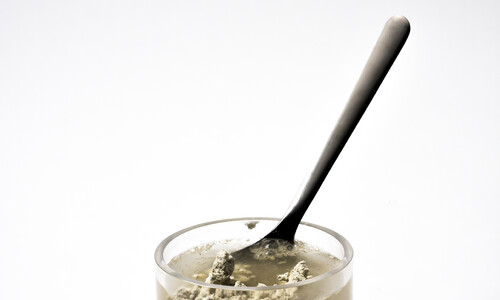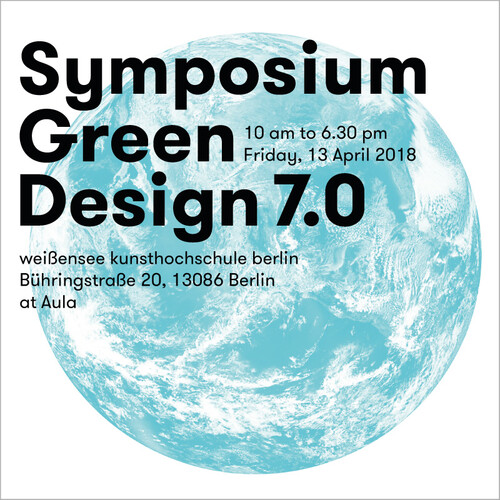If there were Olympic Games for the life cycle assessment of raw materials, brown algae would surpass all conventional resources – in every discipline. Why? They require neither arable land nor irrigation, as they grow in salty coastal waters. There they also help reducing the nutrients surplus caused by agriculture and above all our CO2 emissions. Furthermore, they grow very quickly. The main components of the algae are the polysaccharides alginate and cellulose. When the alginate is extracted, it offers a wide range of textile applications. The remaining cellulose can be transformed into a stable and light composite material. The project investigates the potentials of an integral utilisation of brown algae. This makes up a closed cycle - from ecologically useful cultivation, through recycling and use, to recycling.
